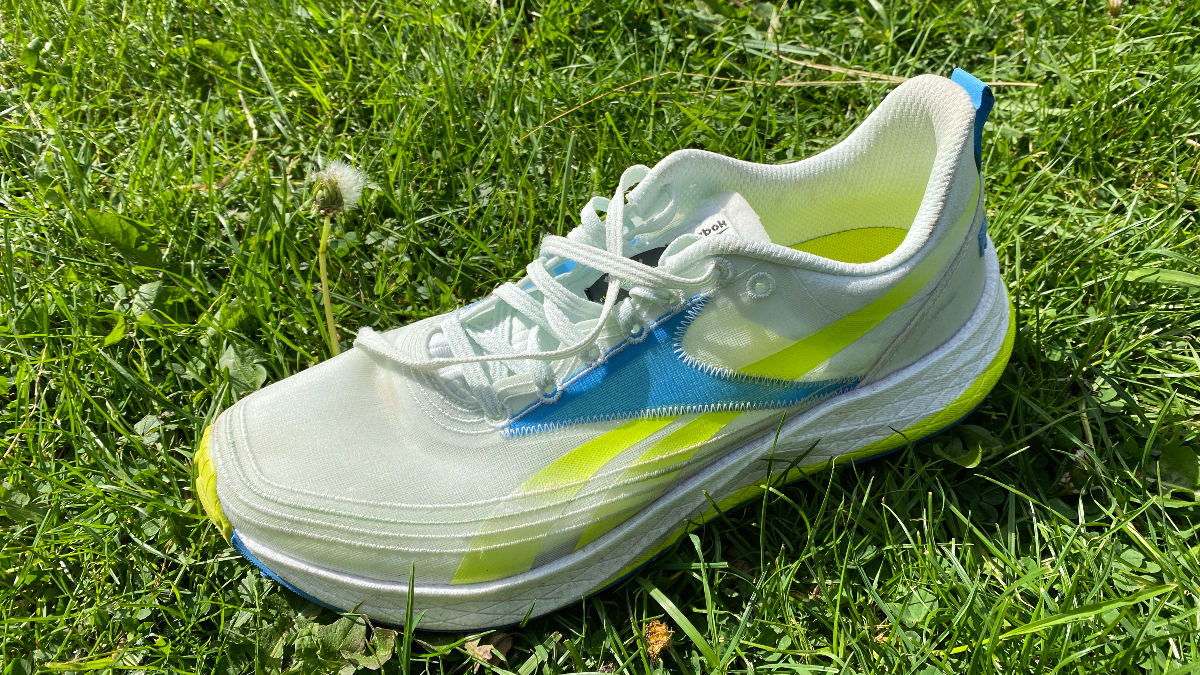Our Verdict
The Reebok Floatride Energy 4 is the best bargain going in the world of running shoes. For £75 you get a durable daily trainer that performs as well as more expensive options.
For
- Great value
- Versatile ride
- Lighter than predecessor
Against
- Not ideal for speedwork
- Some may prefer a softer ride
You can trust Coach
For a long time the Reebok Floatride Energy line was one of the most underrated daily trainers, but third version of the shoe was widely acknowledged as one of the best running shoes, and Coach’s Reebok Floatride Energy 3 review awarded it four stars.
There was pressure on Reebok not to mess things up with the Floatride Energy 4. Fortunately, it has kept things simple by changing the upper of the shoe to a lighter material. This improves the all-round feel and runners at every level should take a look at it.
Reebok Floatride Energy 4 Review: Price And Availability
The Floatride Energy 4 is available now and costs £75, which is cheaper than another of the best budget running shoes, the Puma Velocity Nitro 2, which is £100.
Buy men's from Reebok | Buy women's from Reebok | £75
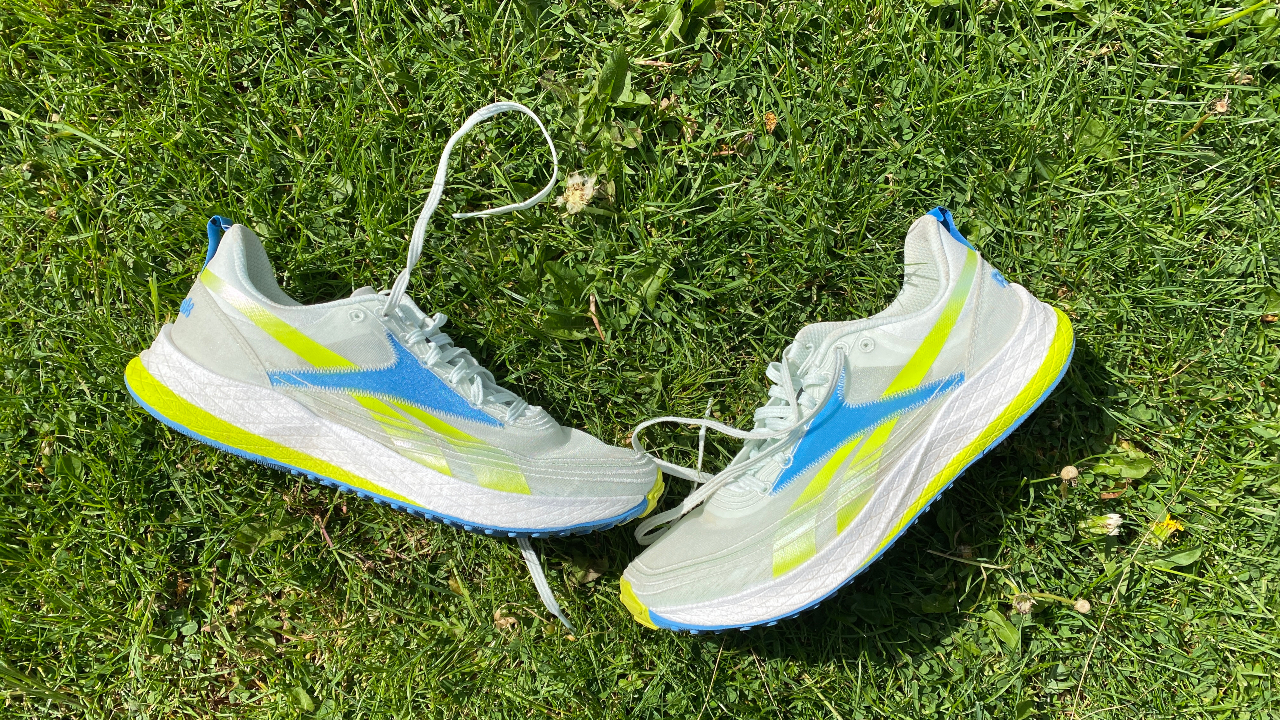
Design And Fit
The Floatride Energy 4 has dropped significantly in weight compared with the previous generation. The 3 weighed 268g in a UK 8.5, while the 4 is 250g in a UK 9, which is lighter than most daily trainers with this amount of cushioning in the midsole.
The reduction in weight is down to the change in the upper, which is now made from Reebok’s Speed Shift material rather than the mesh used in the previous version. The 4’s upper is thinner and more breathable, and there’s less padding around the heel and collar. There is a reinforced section around the base of the heel to provide extra stability.
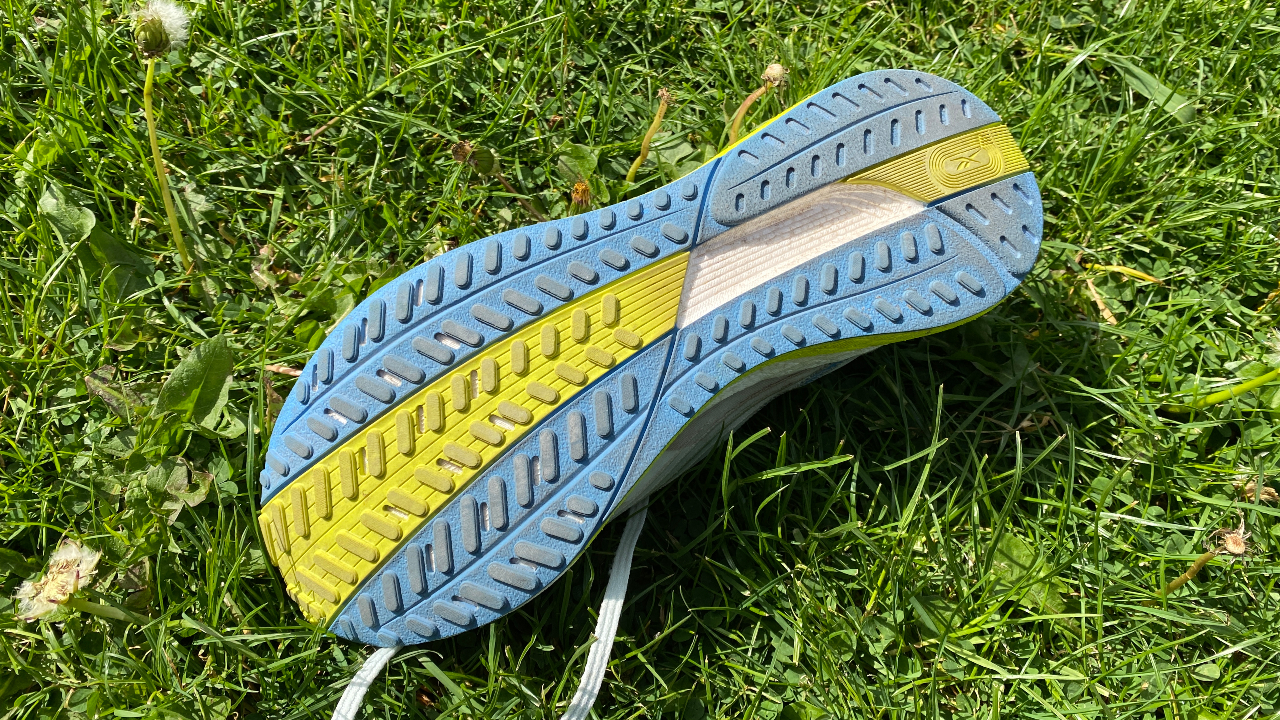
As with the Floatride Energy 3, I found the shoe runs a little long and would have been better in a half-size down on my usual running shoe size. The lockdown in the midfoot and heel was still secure, but if you tend to fall between two half sizes choose the smaller one.
The midsole is made from Reebok’s Floatride Energy foam. This is not squishy and soft, or particularly firm either, falling nicely in between to provide a comfortable but still responsive ride for daily training. The shoe has a 9mm drop from heel to toe.
Carbon rubber is used on the outsole, with small pill-shaped lugs on the forefoot providing reliable grip in the wet.
How I Tested This Shoe
I have run 50km in the Floatride Energy 4, doing a mix of easy and steady training runs, along with a long hills session. I have also tested the Floatride Energy 3.
Running Performance
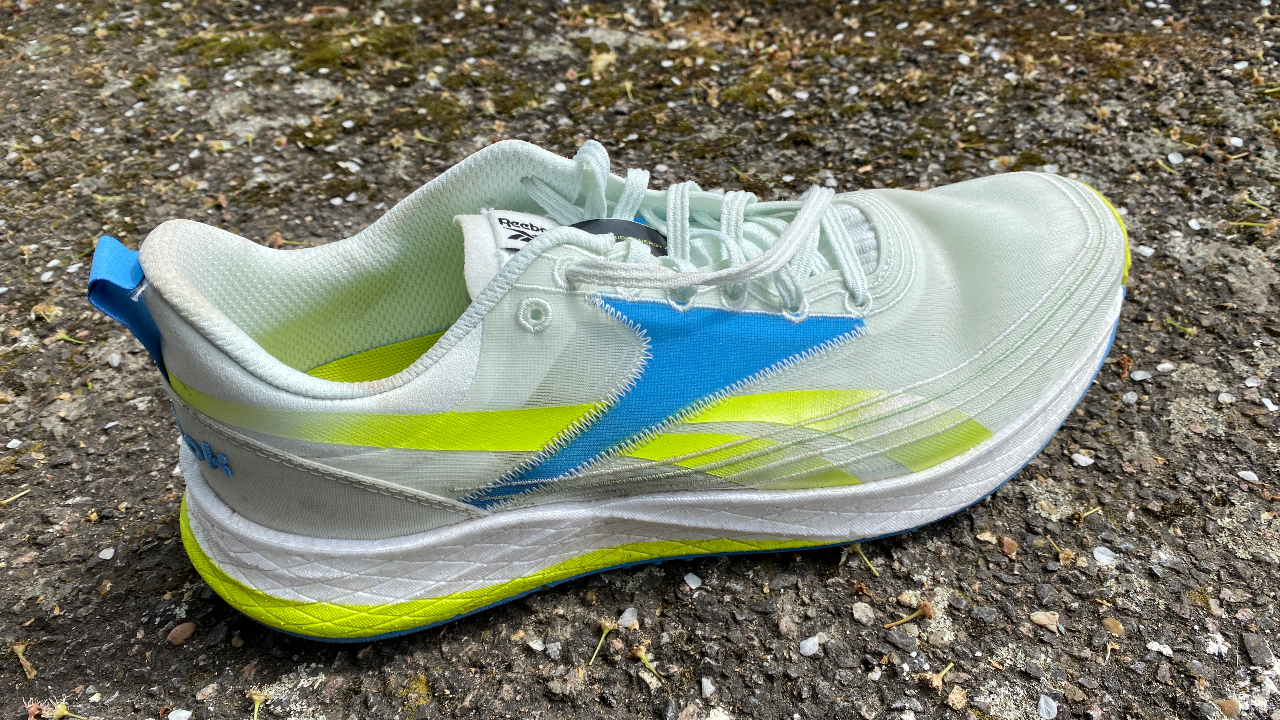
Given that the changes to the Floatride Energy 4 are confined to the upper, I didn’t expect the feel of the ride to alter dramatically, but I was wrong. The fact it is lighter and nimbler on the foot made a difference to the ride on both easy and hard runs, which just goes to show the importance of a great upper.
I started with a 16km run moving from easy to steady pace and the shoe was comfortable at the start then turned over nicely when I moved through the gears, finishing with some strides where I appreciated the lower weight.
While the Floatride Energy foam doesn’t deliver the most exciting ride you’ll find on a running shoe – if anything it's a little dull in how it dampens the impact of each stride – it’s comfortable, protects the legs well, and the transition is snappy when you are running at faster paces.
During the long hills session, running 6 x 3min reps, once again I was delighted to have such a lightweight shoe on my feet when charging uphill, and the cushioning was appreciated as I stumbled back down to go again.
The shoe was comfortable enough to use for easy recovery runs, which was a doubt for me at first. It’s not the softest shoe and some may prefer the extra cushioning of something like the Brooks Glycerin line for easy plods, but I found it was fine for my recovery efforts.
As with many daily trainers, the one area where the Floatride Energy 4 doesn’t excel is in flat-out speedwork, where I prefer to use a plated trainer like the Saucony Endorphin Speed 2 or even a carbon super-shoe. But if you stick to one shoe to do it all the Floatride Energy 4 is no slouch.
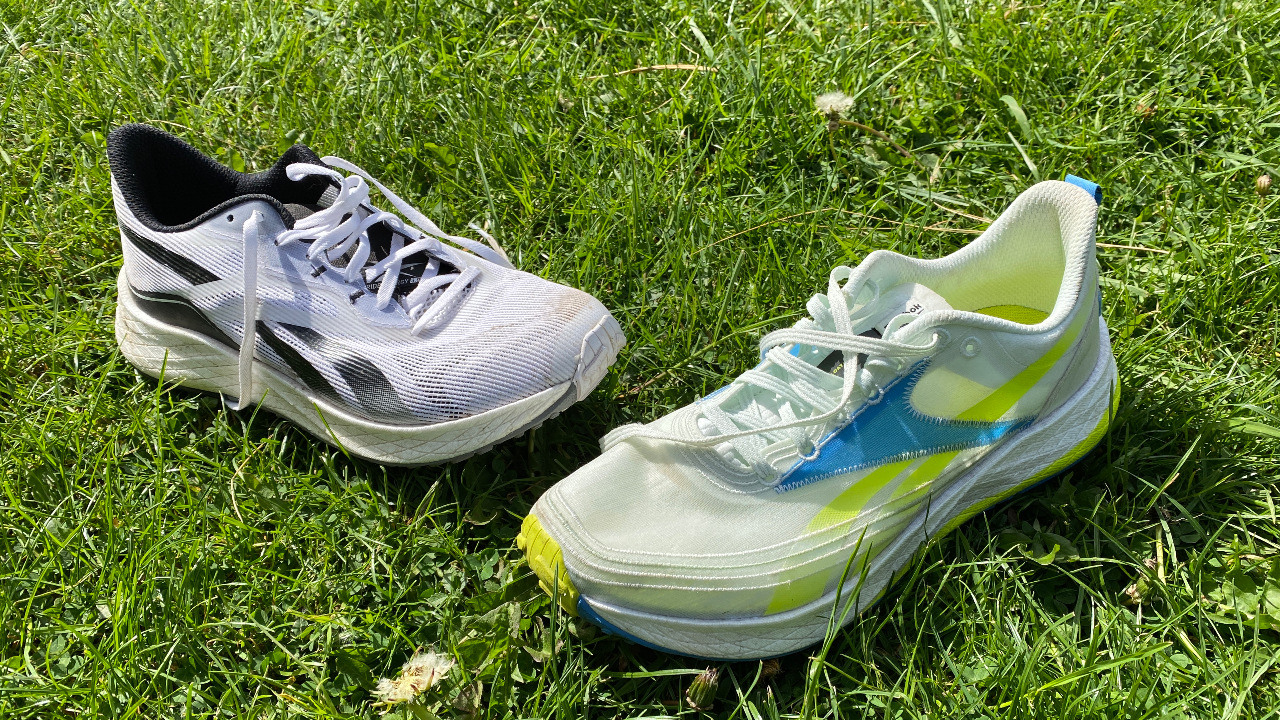
Is The Reebok Floatride Energy 4 Worth It?
The Floatride Energy 4 merits consideration no matter how serious a runner you are. Beginners can choose a more affordable option safe in the knowledge they’re not settling for a sub-standard shoe, and even experienced runners who stick to one shoe have a great option here – though there are more impressive all-rounders available if you’re prepared to pay more, such as the Endorphin Speed 2 and Hoka Mach 4.
If you do have a shoe rotation the Floatride Energy 4 works well as your workhorse daily trainer covering off most runs, ideally paired with a faster shoe for speedwork and racing, and perhaps a cushioned shoe for recovery runs. However, I think the Reebok handles those well myself.
There is nothing else available at the same price that matches the performance of the Floatride Energy 4, but if you can stretch to £100 then the Puma Velocity Nitro 2 is another exceptionally good value shoe. It has a softer, bouncier feel that I prefer, and even though it’s heavier than the Reebok I found it better for speedwork because of the more impressive midsole foam.

Nick Harris-Fry is a journalist who has been covering health and fitness since 2015. Nick is an avid runner, covering 70-110km a week, which gives him ample opportunity to test a wide range of running shoes and running gear. He is also the chief tester for fitness trackers and running watches, treadmills and exercise bikes, and workout headphones.
